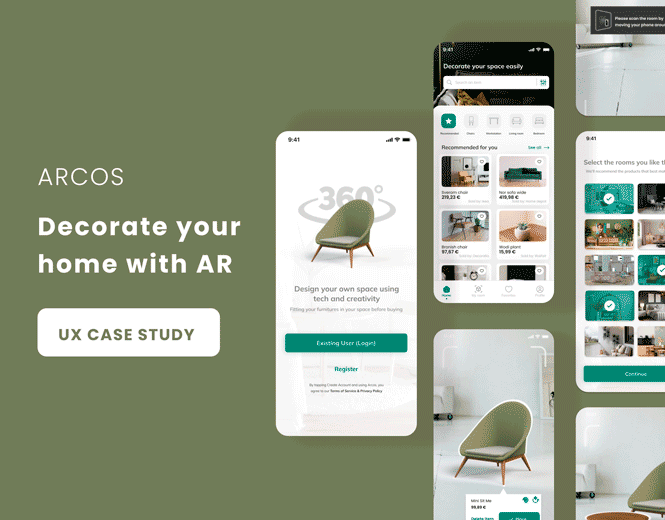When you’ve just moved in, you have a blank canvas to decorate, this can be overwhelming, there are websites and apps to help you, but none are realistic enough, they don’t take into account the specific conditions of your space, your budget or your personal style.
Arcos contacted me to help them design a strong and well-thought-out mobile application that serves as a visual assistance for home décor, lowers the entrance bar for beginners to visualize their ideal house and improves the efficiency of idea communication.
Overview
Users often find it difficult to visualize how furniture will look in their home, which can contribute to stress and confusion when designing a space. With the amount of criteria users must consider when decorating a space such as accurate measurements, pairing of items, suitability of items to personal taste, designing a space can be burdensome.
While many of these applications are robust in their features, they present a steep learning curve. Users are needed to have specific knowledge and understanding to work on it.
Understanding the market
Interior design is a multi–faceted industry in which innovative and technical design concepts finish or modify an interior environment to the specifications of the clients. The interior design industry includes firms that primarily deal with the planning, designing, and management of projects within a variety of interior spaces.
Augmented reality (AR) market reached the $10.7 billion mark in 2019 and is expected to grow up to $72.7 billion by 2024, exhibiting a CAGR of 46.6%. Interior design is one of the most popular applications of AR technology due to providing cost savings and reducing time in interior design creation.
While the potential benefits of AR interior design and property development uses may still be somewhat speculative, the interest and investment its receiving is undeniable.
Consider the case of Turner Construction. Turner is a leading international company that readily embraces new industry technology, including augmented reality.
Turner claims it has received a 10:1 ROI ratio on the $50,000 it spent on AR models for a particular construction project. The company told news site The Real Deal that this is because the client had clear visibility of the completed project early on in the process, and therefore did not need to request changes during later stages of construction.
Who would pay for this app?
Since AR is predominantly used by those aged 16 to 34, this informed the target demographic for the Arcos app.
I conducted 5 semi-structured user interviews to collect rich, qualitative data in order to better understand the process users took to shop for home decor/furniture and decorate their living space.
I sent a follow-up questionnaire to users to validate the collected data and gain a more holistic view of their perspectives.
Some highlights of these interviews:
“You know… I always have to get ideas from all over the place and that’s time consuming for a working adult like me.…”
“I want a particular design, but they give me another kind of design”
“…very problematic bah, sometimes I have to research market rates, … ensure I’m not overly charged..”
User persona
Informed by the research, I created a provisional persona. Anna Craig, to represent the main users, their needs, frustrations and goals. This information will be contextual to the hypothesized user and relevant to the value proposition.
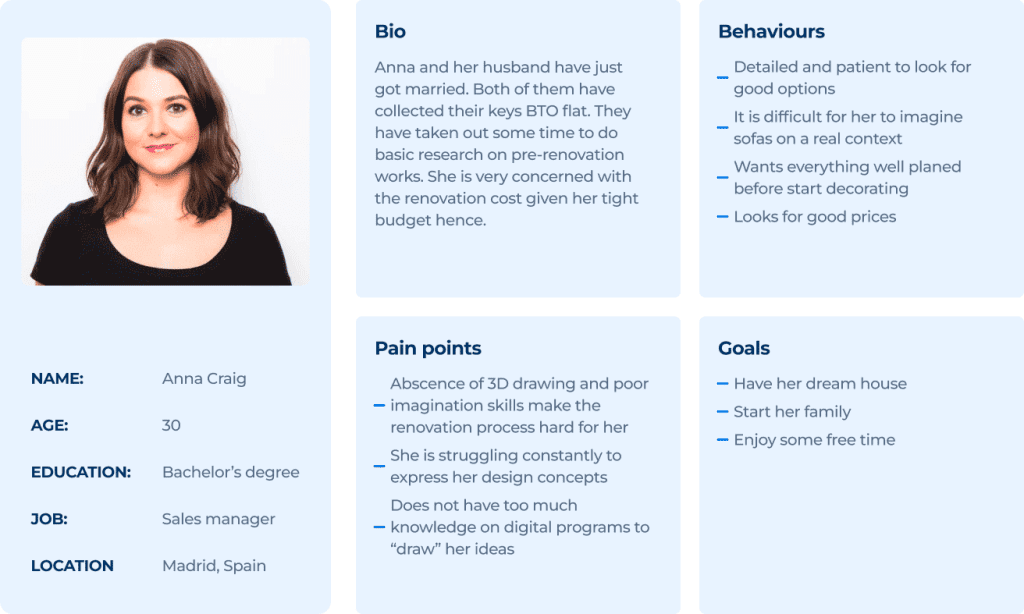
Competitive Analysis
I conducted a competitor analysis and user testing of 3 iOS apps that use Augmented Reality to view furniture and decor in your space. This provided insight into what is currently happening in the market, what capabilities these other apps have, and how Arcos can stand out in the market while also learning from competitors.
The biggest takeaways from the analysis are that while these apps provide very useful features and an overall clean usage of AR, none of them are capable of automatically conducting a complete redesign of a space based on the user’s personal preferences, which is the core focus of Arcos.
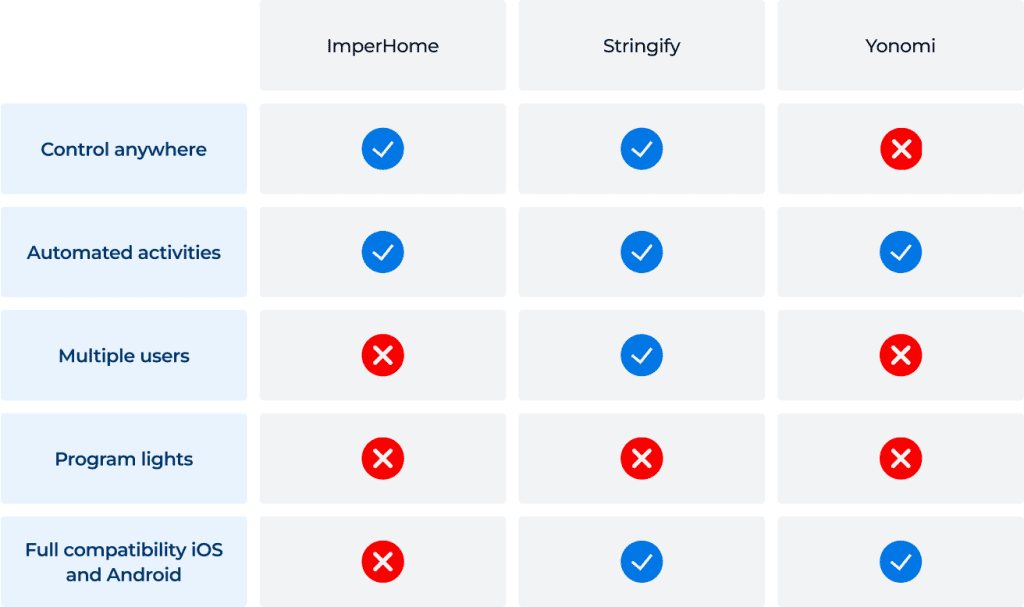
Analysis
Affinity diagram
I transcribed each interview and conducted a thematic analysis before grouping key information into themes using affinity mapping.
This allowed me to better visualize the data, have an accurate depiction of where users’ emotions lied, and empathize better with users to inform design decisions.
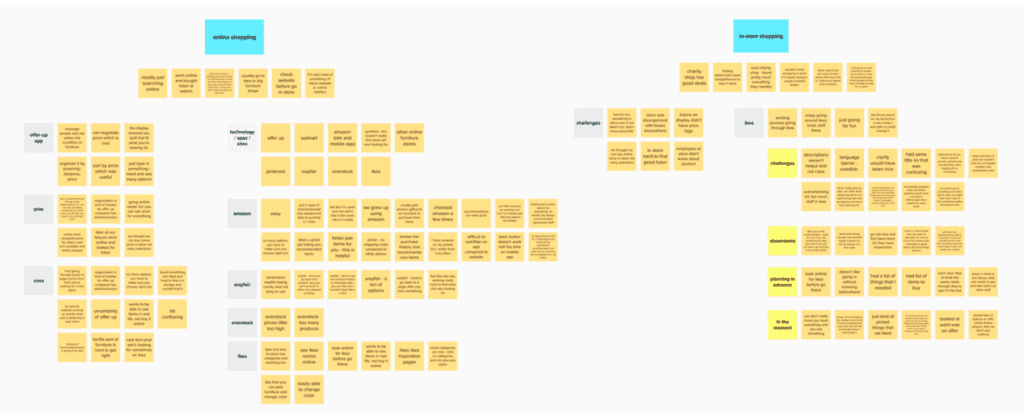
The affinity mapping revealed 5 themes and numerous respective sub-themes. The themes capture connections within the data that hold importance to users, which will ultimately inform the creation of the key features for the app.
In addition, I evaluated the key insights from participants to see what most users resonated with, which allowed me to prioritize the types of functionalities and content that need to be included in the design of the app.
1- Users would like 1 platform to view products from many stores
2- Users want to view home decor tailored to their personal preferences
3- Users find it challenging to visualize how multiple items would look in their space
4-Users spend a fair amount of time decorating their space
5-Users use various sources for inspiration
6-Users like the idea of using AR to help with home decor in real-time
Information architecture
Before starting with wireframes, I made the flowchart of the application, taking into account an initial optional form to discover the specific preferences of each user, including their budget and measurements of the space that will be made with the AR, the onboarding process will be both a form and an explanation of how to use the app.

Ideation & design proposal
Low-Fidelity Wireframes
Using the user flow diagram, I created a low-fidelity interactive prototype that focused on the layout of the app and started to explore colors, imagery, and typography.
I built out a rough design for the preferences quiz as part of onboarding that captures a user’s sense of style, budget, living situation, etc. From this, I mocked up the AR design space which will automatically generate objects based on the inputted preferences when a user scans a room using their phone or tablet camera.
High-Fidelity Wireframes
With limited time and resources a wireframe resulted for this project that thoroughly explored the function of using AR to automatically redraw a space based on personal preferences.
I incorporated feedback from usability tests into a wireframe and explored further details in the app’s functionality and interactivity. In this iteration, realistic content and images have been incorporated, and I have improved the content and layout for better information flow.
I also refined the preferences quiz to make it more personal, developed a tutorial on how to use AR design mode, and explored different ways users can interact with objects and design their space in a more personalized way.
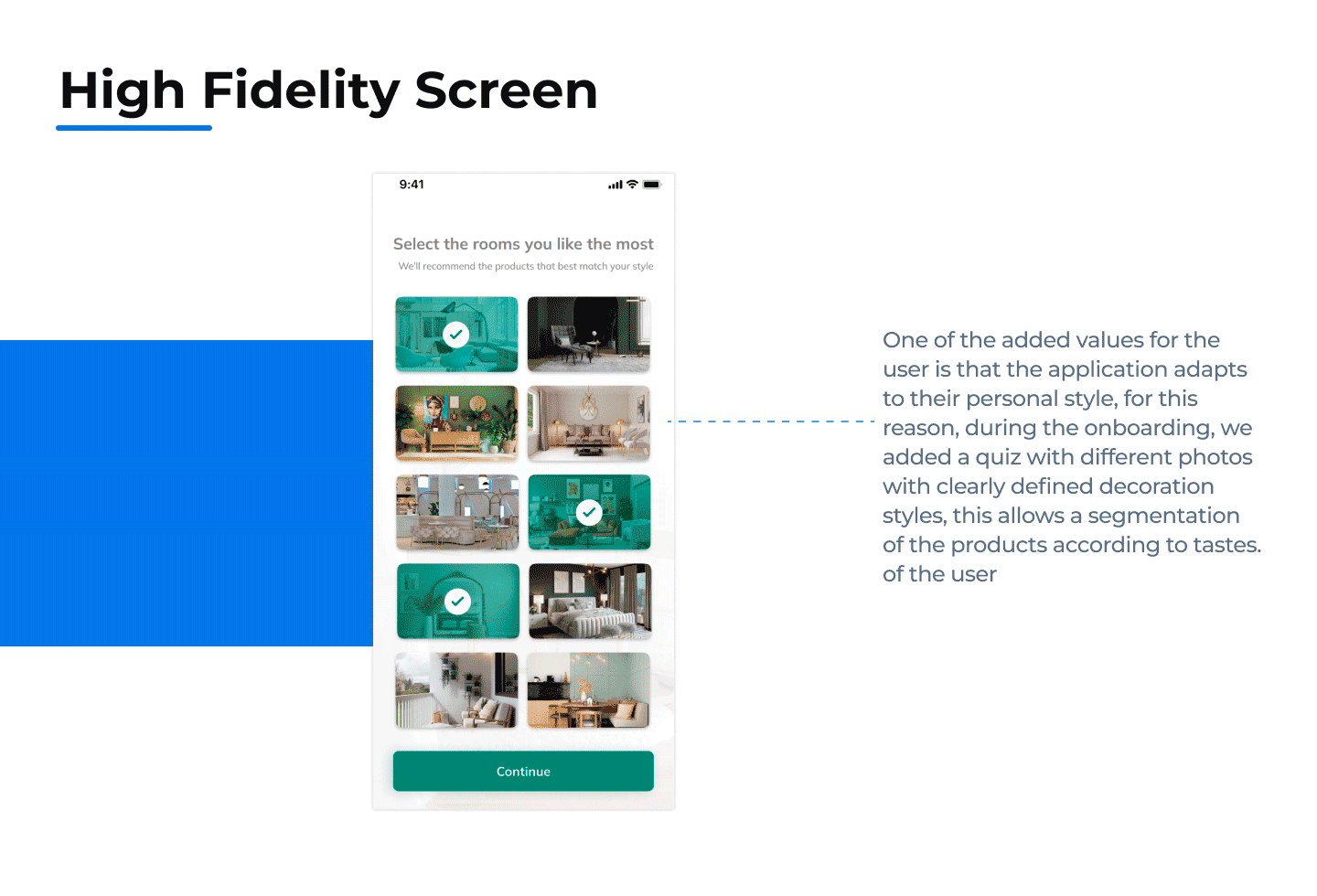

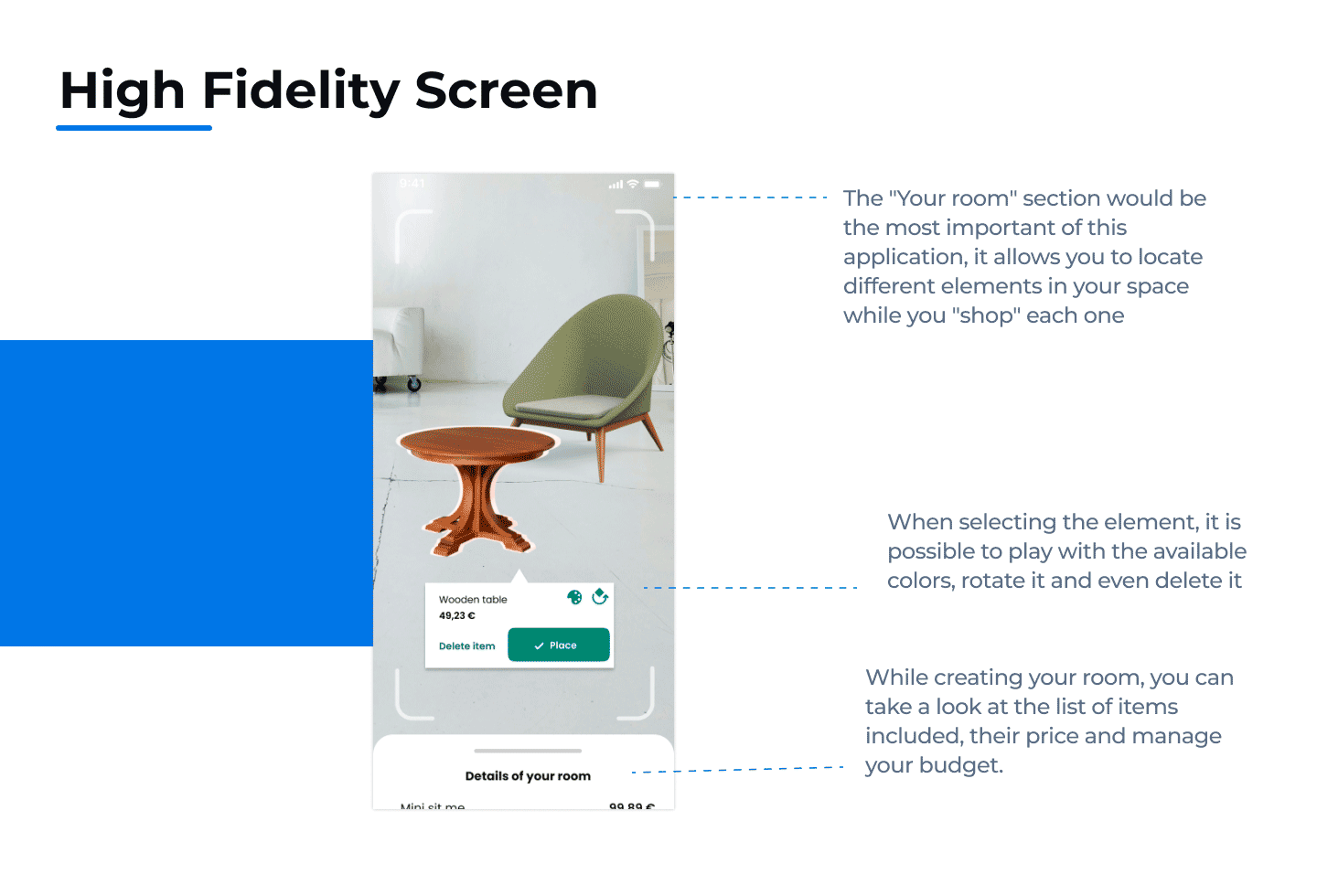
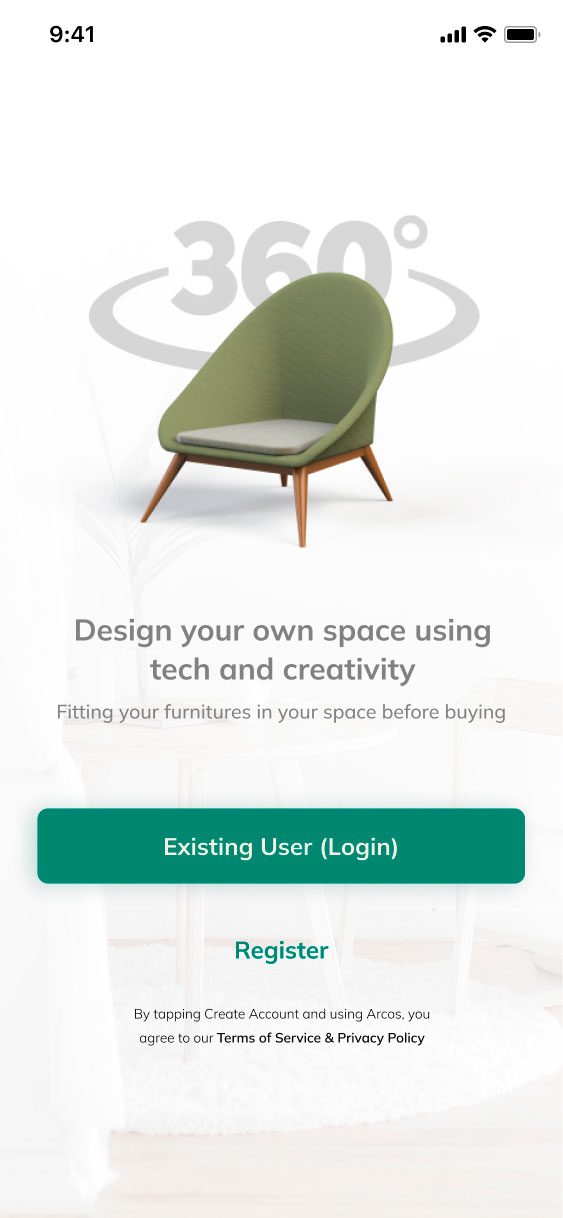
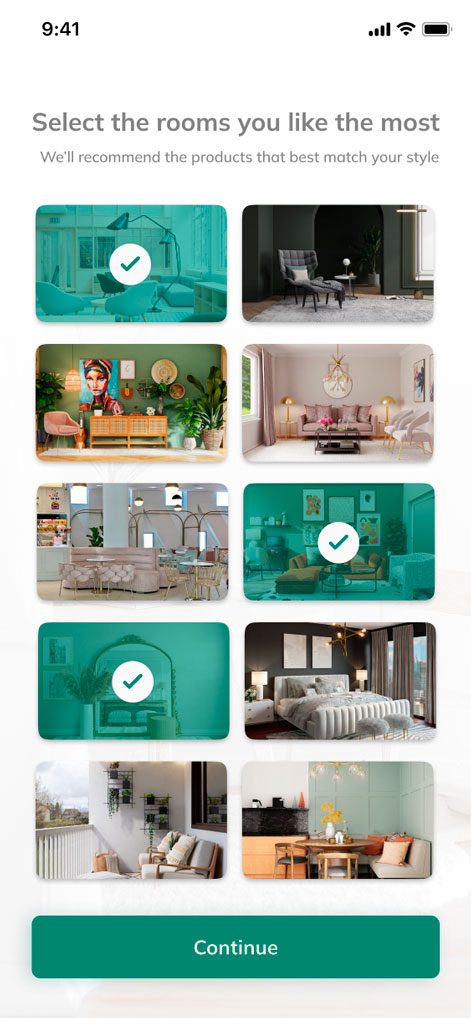
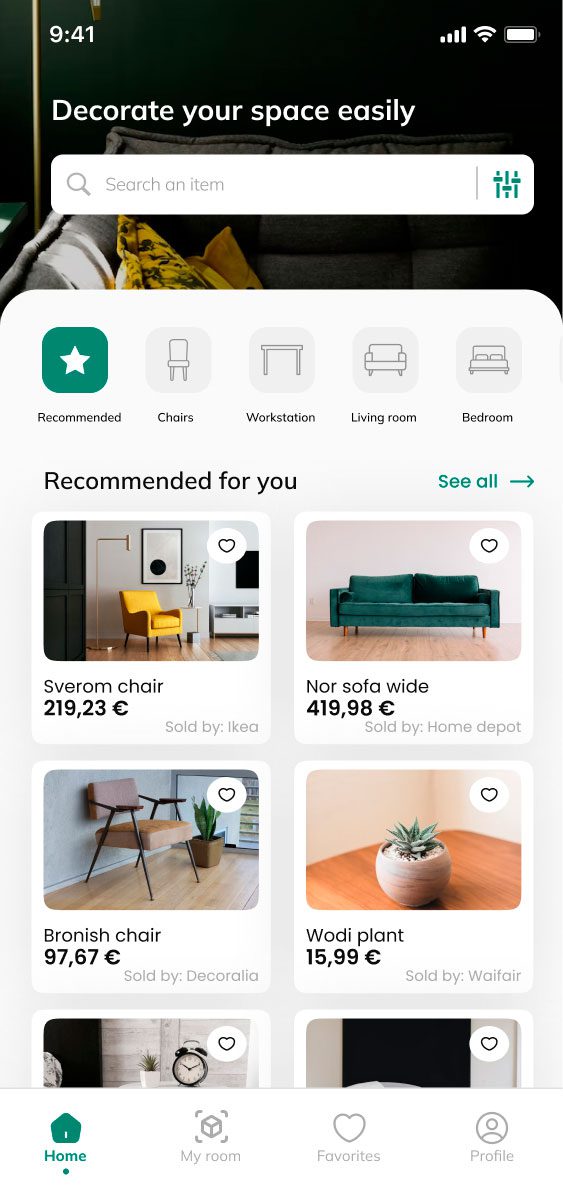
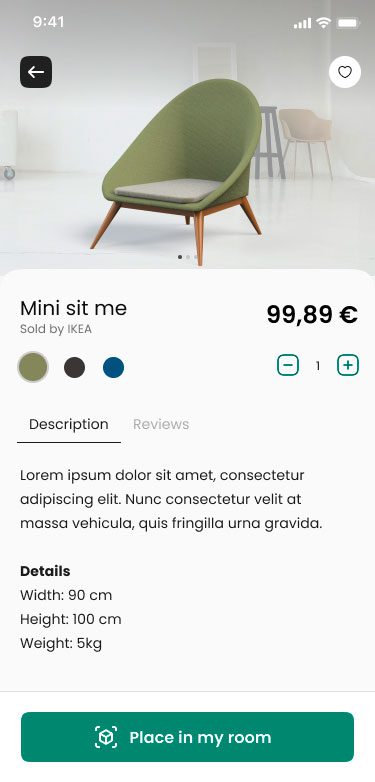
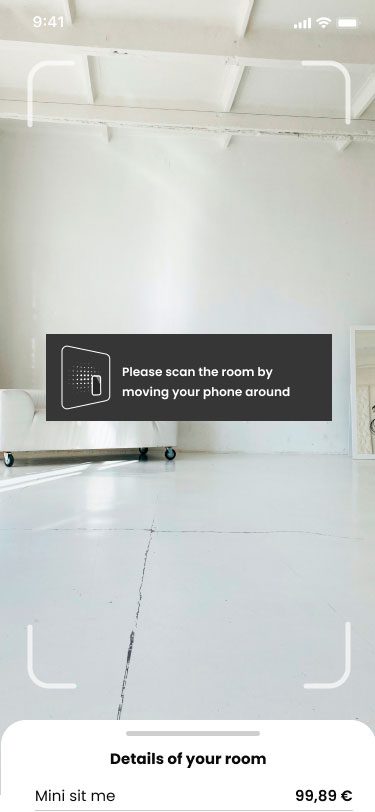
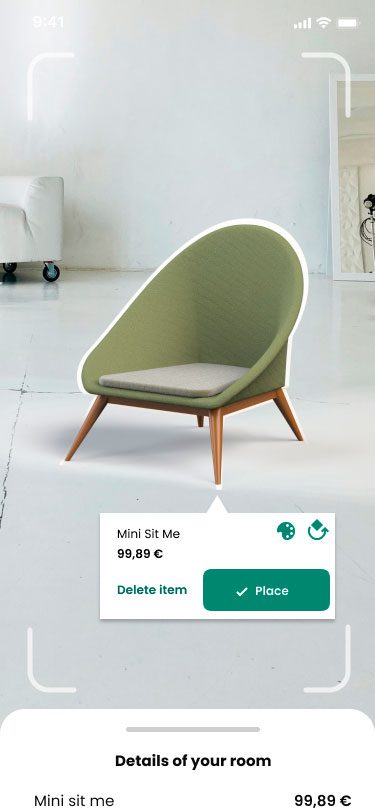
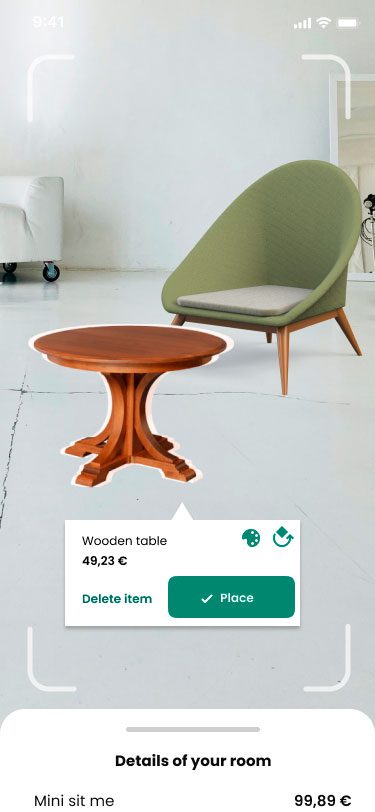
Usability testing
1 round of usability testing with 3 participants was done to assess the low-fidelity prototype, asking users to perform tasks around creating an account, using AR to design their space, interacting with items, and saving the designed room.
The testing yielded many insights that revealed key usability issues with refining the preferences quiz, labelling of content, and making AR design mode more intuitive. Testing allowed me to better empathise with users while they interacted directly with prototype, develop a more collaborative approach to building a product, and uncover usability issues from a different perspective.
Overall, this project has achieved its goals and users expressed excitement and enthusiasm when interacting with the Arcos app.
